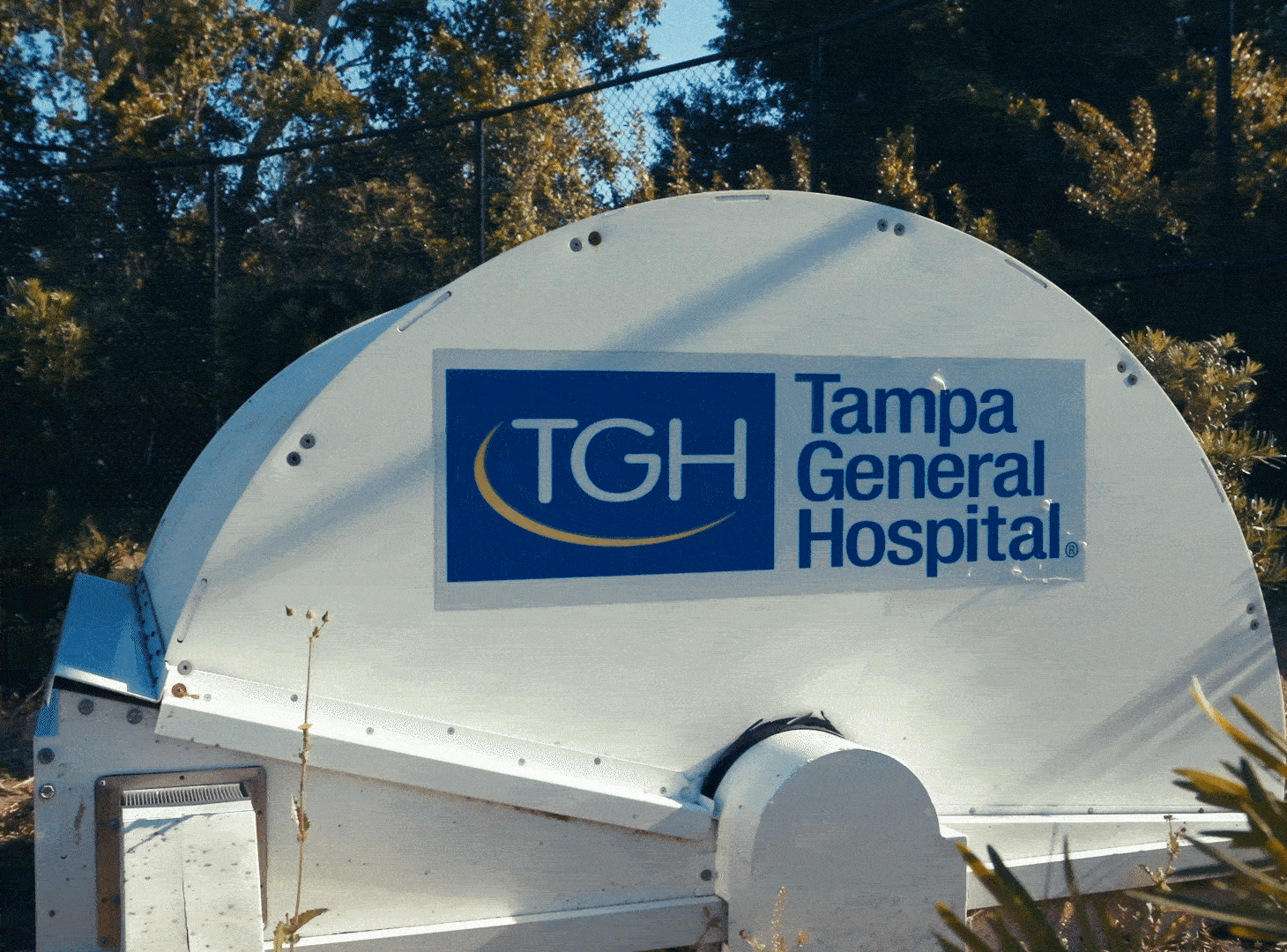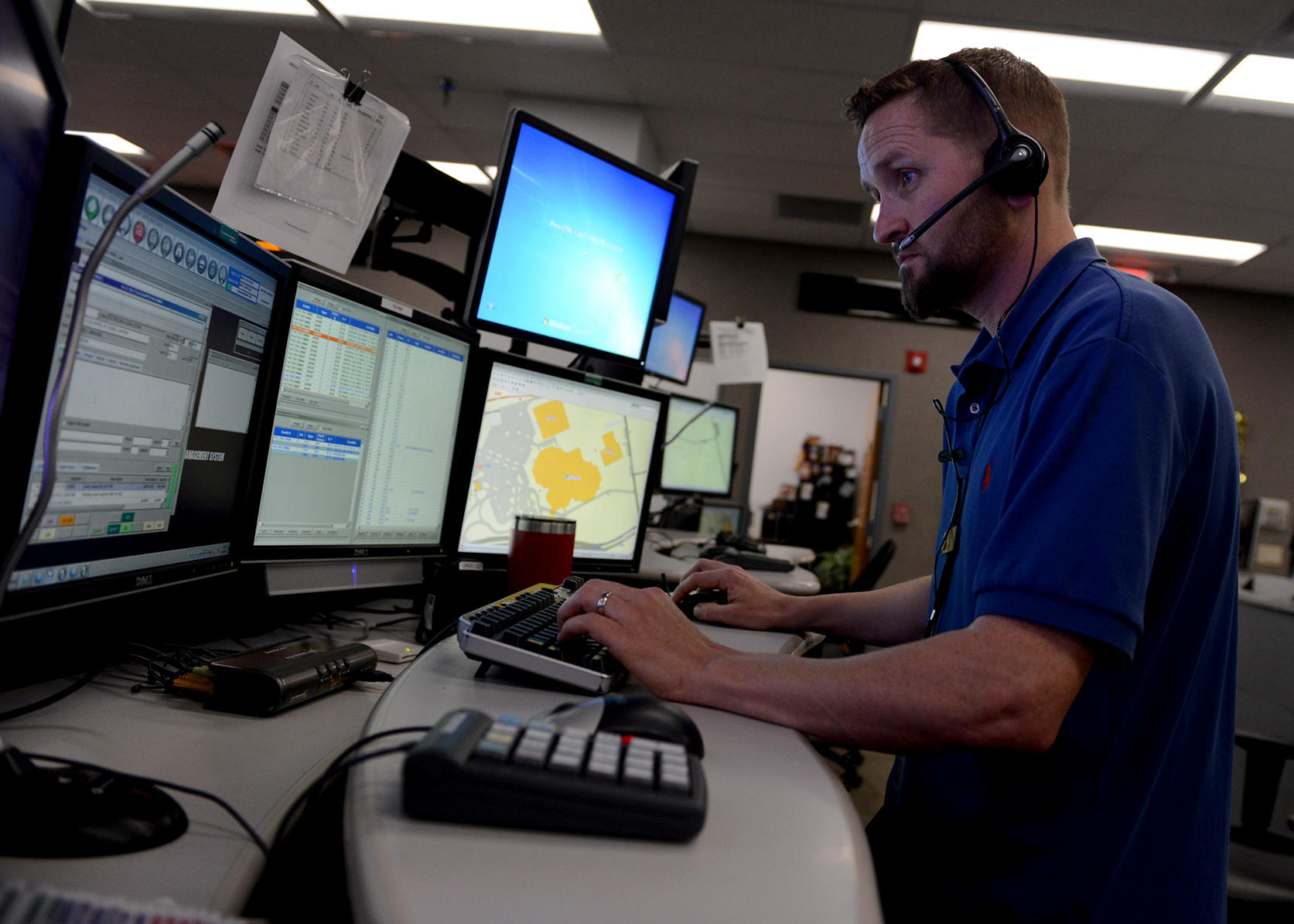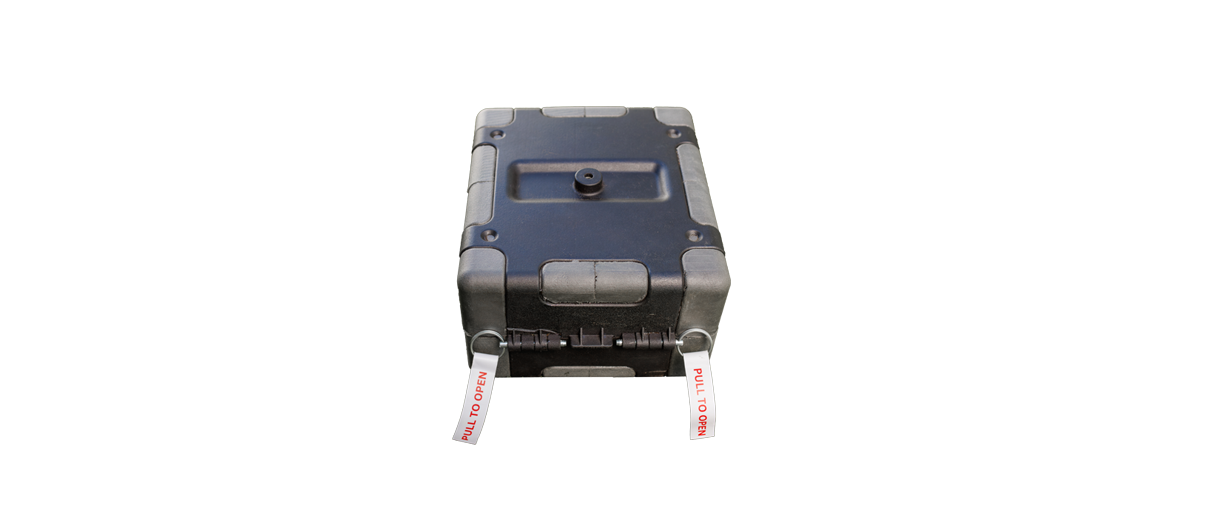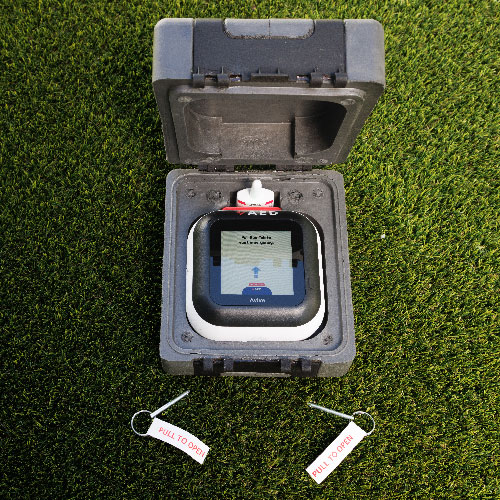System
On The
Ground
Ground Control Hub
The ArcherFRS Ground Control Hub (GCH) is a robust and resilient housing unit enabling round-the-clock operations. Embedded with FirstNet connectivity, this durable housing unit ensures the aircraft is charged, and monitors operational environments. It is installed and maintained as part of our Standard Service.
Features
• LTE Connection via ATT FirstNet
• Integrated Drone Charging Dock
• Open in under 4 seconds
• Internal and External Environment Sensors
• Installed and Maintained as part of Standard Service

Installation
6' diameter, 5' in width.
Electrical
Standard 120v 20amp power outlet
Above Ground
Can be placed in parking lots or any other open and flat spot available at your EMS/Fire station.
Counter Sunk
Countersunk 3' into the ground.
Draw less attention and look as though they belong at your firestation.
Draw less attention and look as though they belong at your firestation.
In Your
Dispatch Center
Requirements

ArcherFRS is proudly integrated into both RapidDeploy's Radius and RapidSOS's Portal. ECC Dispatchers or call takers can initiate lifesaving Drone Delivery through either platform with minimal training or change to existing workflow.

1. Answer
911 Call-Taker will answer a call and begin to triage. If call fits
ArcherFRS Dispatch SOP, the call-taker or dispatcher can
Request ArcherFRS Deployment.
ArcherFRS Dispatch SOP, the call-taker or dispatcher can
Request ArcherFRS Deployment.
2. Request
With a single click Dispatchers or Call-takers can request a drone delivery to the active 911 call they are working.
If the caller is within range of one of your ArcherFRS systems
(3.3 miles), and that system is in a "Go" state, a delivery location will be shown in Radius or RapidSOS Portal along with an ETA
If the caller is within range of one of your ArcherFRS systems
(3.3 miles), and that system is in a "Go" state, a delivery location will be shown in Radius or RapidSOS Portal along with an ETA
3. Confirm
If the Call-Taker or Dispatcher determines that the ArcherFRS dispatch SOP is met, he/she can confirm and initiatte ArcherFRS delivery with a single click.
Once confirmed and initiated, the dispatcher or call-taker can watch the live location of the drone within RapidDeploy Radius or RapidSOS Portal and monitor the ETA Countdown until delivery
Once confirmed and initiated, the dispatcher or call-taker can watch the live location of the drone within RapidDeploy Radius or RapidSOS Portal and monitor the ETA Countdown until delivery
4. Instruct
Once the ArcherFRS Delivery has been completed, the Call-Taker can provide instructions on how to utilize the AED, Narcan, or Tourniquet until paramedics arrive.


